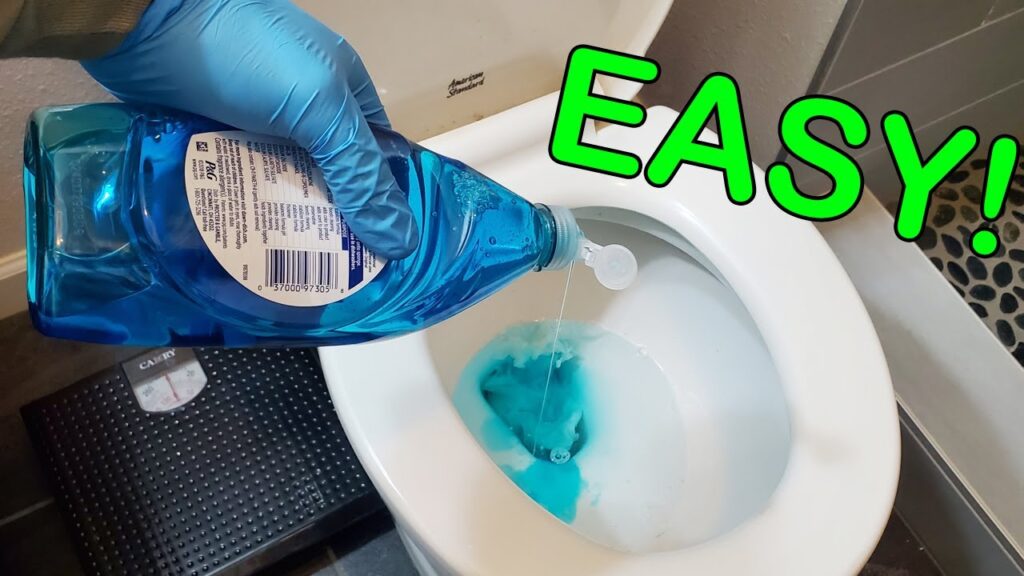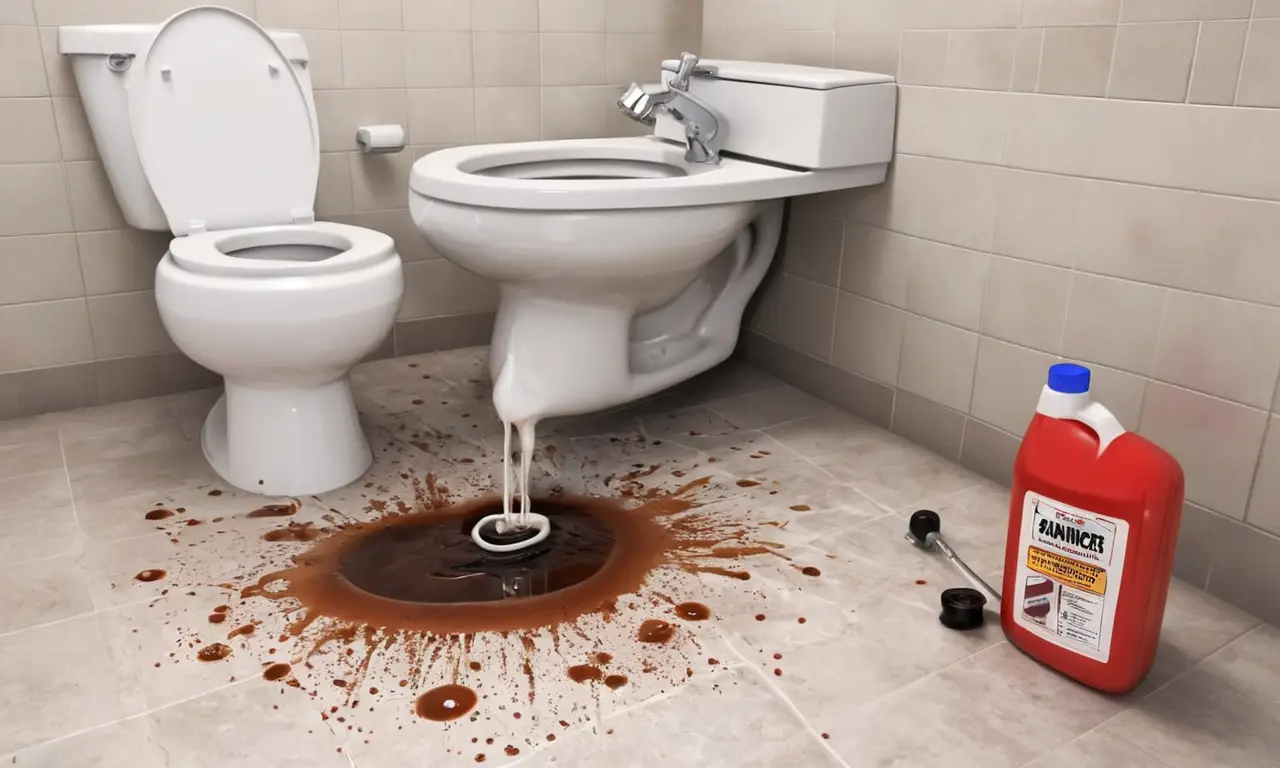
A clogged toilet is a common household problem that can be frustrating and inconvenient. While it might seem tempting to hope the clog will magically disappear, unfortunately, will a clogged toilet fix itself or will a toilet unclog itself is not a realistic expectation. Most clogs require some effort on your part to clear them and restore proper flushing function. This article will guide you through common causes of toilet clogs, effective methods for unclogging your toilet, and preventative measures to avoid future blockages.
This comprehensive guide will explore the reasons behind toilet clogs, provide step-by-step instructions on how to unclog a toilet using both manual and chemical methods, and offer valuable tips to prevent future occurrences. By following these guidelines, you can confidently tackle a clogged toilet and keep your bathroom functioning smoothly.
Common Toilet Clog Causes
Understanding what causes toilet clogs is the first step in preventing and resolving them. Here are some of the most common culprits:
- Excessive Toilet Paper: Using too much toilet paper at once can overwhelm the toilet’s drainage system, leading to a blockage.
- Foreign Objects: Flushing items other than toilet paper, such as feminine hygiene products, wipes (even “flushable” ones), cotton balls, or hair, can easily cause clogs. These materials don’t break down like toilet paper and tend to accumulate in the pipes.
- Waste Accumulation: Over time, grease, soap scum, and mineral deposits can build up inside your toilet pipes, restricting water flow and eventually causing a blockage.
- Tree Roots: In some cases, tree roots can grow into sewer lines and cause significant blockages. This is more common in older homes with aging plumbing systems.
How to Unclog a Toilet

When faced with a clogged toilet, it’s important to act quickly to prevent further backups. Here are several methods you can try:
- Manual Plunging: A plunger is often the first line of defense against a clogged toilet.
- Chemical Drain Cleaners: These products contain strong chemicals that break down clogs. However, they should be used with caution as they can damage your pipes if not used properly.
- Auger (Toilet Snake): An auger is a flexible tool that can reach deep into the drain to dislodge stubborn clogs.
Plunger Techniques
Using a plunger effectively requires proper technique:
- Fill the Bowl: Add enough water to the toilet bowl to cover the plunger’s cup.
- Create a Seal: Place the plunger over the toilet drain opening, ensuring a tight seal around the rim.
- Plunge Vigorously: Push and pull the plunger up and down forcefully for several minutes. You should feel resistance as you break up the clog.
- Flush and Repeat: After plunging, flush the toilet to see if the clog is cleared. If not, repeat the process until water flows freely.
Chemical Drain Cleaners

Chemical drain cleaners can be effective at breaking down clogs, but they should be used with caution:
- Read Instructions Carefully: Always follow the manufacturer’s instructions precisely.
- Wear Protective Gear: Gloves and eye protection are essential when handling these chemicals.
- Ventilate the Area: Open windows and doors to ensure proper ventilation.
- Avoid Mixing Chemicals: Never mix different drain cleaners as this can create dangerous fumes.
Prevention Tips
Preventing toilet clogs is often easier than dealing with them:
- Use Toilet Paper Sparingly: Avoid using excessive amounts of toilet paper at once.
- Dispose of Waste Properly: Only flush human waste and toilet paper down the toilet.
- Regularly Clean Your Toilet: Cleaning your toilet regularly helps prevent buildup of soap scum and mineral deposits.
- Install a Toilet Brush Holder: This encourages proper disposal of hair and other debris that can contribute to clogs.
Conclusion
While a clogged toilet can be a frustrating experience, understanding the causes and employing effective unclogging methods can help you resolve the issue quickly and efficiently. Remember to prioritize safety when using chemical drain cleaners and always consider preventative measures to minimize the risk of future clogs. By following these guidelines, you can keep your toilet functioning smoothly and avoid unnecessary plumbing headaches.
